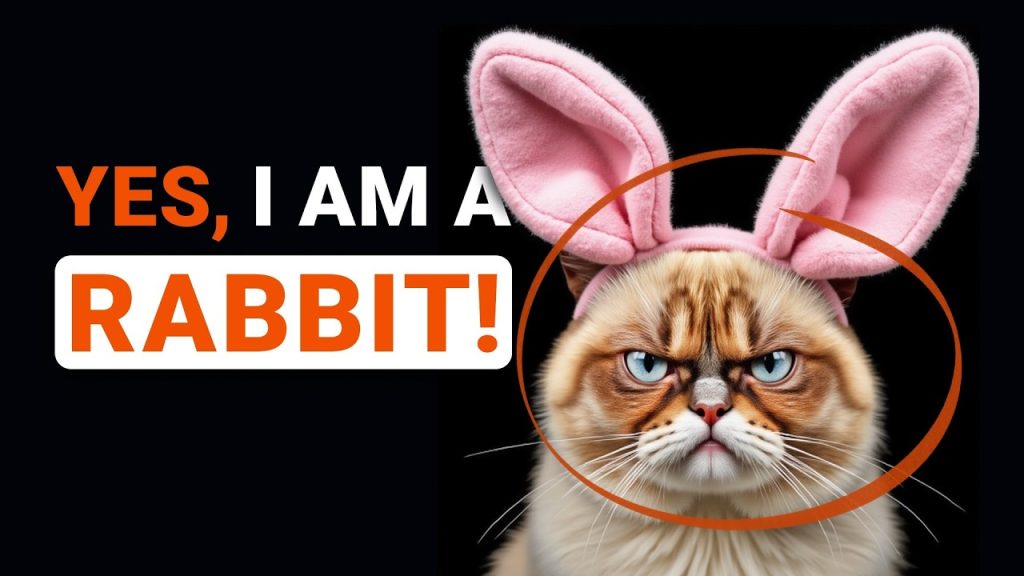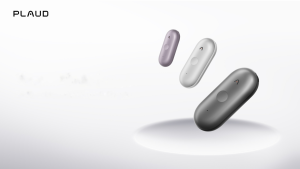Revolutionizing Image Editing with AI Relocating Objects Made Effortless

In today’s digital age, having the perfect photo is essential. Yet, achieving perfection can sometimes mean needing to adjust elements within the image.
Traditional methods might struggle with relocating objects seamlessly, but a breakthrough AI technique promises to change that. This new approach heralds a significant advancement in image editing technology.
Understanding Image Inpainting
Image inpainting techniques have long been used to remove unwanted elements from photos effectively. But what if you just want to move an object, not delete it? Traditional methods fall short here, creating unnatural and unconvincing results. This new AI paper offers a solution, promising more realistic changes.
The exciting development allows one to relocate an object within an image while maintaining the natural look. Even the object’s reflection moves seamlessly, making it hard to detect any edits. This is a significant step forward for photo editing technology.
The Power of Diffusion-Based Models
This advancement is possible due to diffusion-based text-to-image models. These models can generate images and, in some cases, offer fine-grained control over specific elements. Users can place various objects precisely within an image, such as a cat here or a cloud there.
However, previous techniques would often alter the entire image when attempting to move a single element. This new approach minimizes that intrusive change, preserving the overall integrity of the photo while enabling precise adjustments.
Challenges in Object Placement
Moving objects without altering the entire image has been a tricky challenge.
Sometimes, when placing two different objects, the elements could merge incorrectly, like a blend between a rabbit and a cat.
The new technique reduces this issue, keeping objects distinct and maintaining their features accurately. This results in more believable and independent object placements.
Maintaining Contextual Integrity
The technique understands that surroundings need to change when an object is moved. Shadows and reflections have to adjust accordingly, which this AI tool handles adeptly. It ensures that the environment adapts naturally to the object’s new position.
While not perfect, it represents a considerable leap in technology. When tested with human observers, this method showed a higher success rate compared to earlier techniques.
Advanced Features and Future Potential
This tool can move multiple objects like a cat and a rock within the same image. Future advancements may enable even more complex edits, like recognizing and moving all objects in a scene. Rotations and resizing are still areas needing improvement, as current results introduce artifacts.
Interestingly, if two objects are moved too close together, issues like the ‘dog absorbing the piglet’ can arise. Despite these quirks, the progress is noteworthy, and improvements are expected in upcoming research.
Practical Applications
The technique’s versatility across different images suggests its potential for practical use in real-world scenarios.
Improvements will likely continue, making real-time updates possible as elements are moved within an image. This would be a revolutionary feature in digital imaging.
Exciting Prospects for AI in Imaging
Imagine a future where moving a puppy in a photo updates instantly. This is becoming increasingly feasible. The current advancements are impressive, setting the stage for incredible possibilities in photo editing.
The new AI technique for relocating objects within images marks a significant milestone in image editing technology.
While not perfect, it offers a more realistic and seamless way to adjust photos, promising exciting future developments in the field.
Source: Youtube





